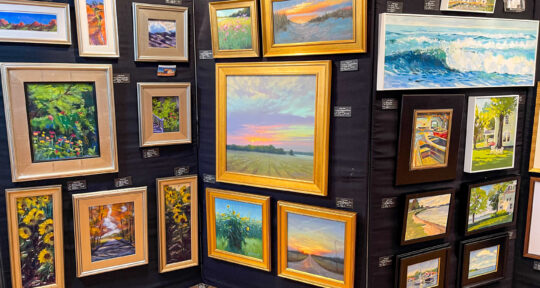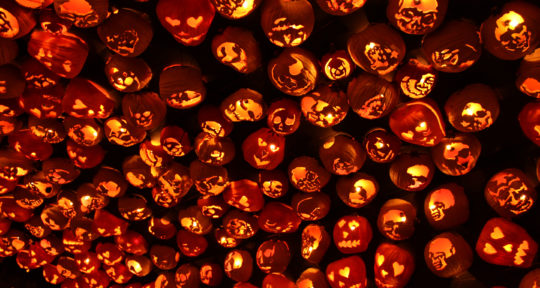A quote on the wall of the National Gallery of Art (NGA) in Washington, D.C., reads: “It is desirable for a Painter, at least once in his life, to witness the Eruption of a volcano.” Attributed to Pierre-Henri de Valenciennes, a late 18th-century French painter famous for his landscapes, the quote is displayed above a row of paintings hanging in the gallery’s newly-reopened West Building.
Valenciennes and his contemporaries featured in the NGA exhibition True to Nature: Open-Air Painting in Europe, 1780–1870 may not have had a global pandemic restricting their ability to travel—but they did make “sometimes arduous journeys to paint their landscapes in person at breathtaking sites, ranging from the Baltic coast and Swiss Alps to the ruins of Rome,” according to the gallery’s website.
The gallery’s current exhibitions, which also includes Degas at the Opéra, were planned long before COVID-19 shuttered most businesses and closed international borders. The year 2020 has been an arduous journey for many reasons, and cultural institutions across the country have been hit particularly hard. In Washington alone, almost all 19 Smithsonian institutions, other museums, and indoor attractions remain closed.
But life—and the art it imitates—is slowly, and safely, coming back to the district. On July 20, the NGA reopened its West Building ground floor galleries for the first time in four months, making it one of the first museums on the National Mall—and the city’s first major art museum—to reopen since the beginning of March.
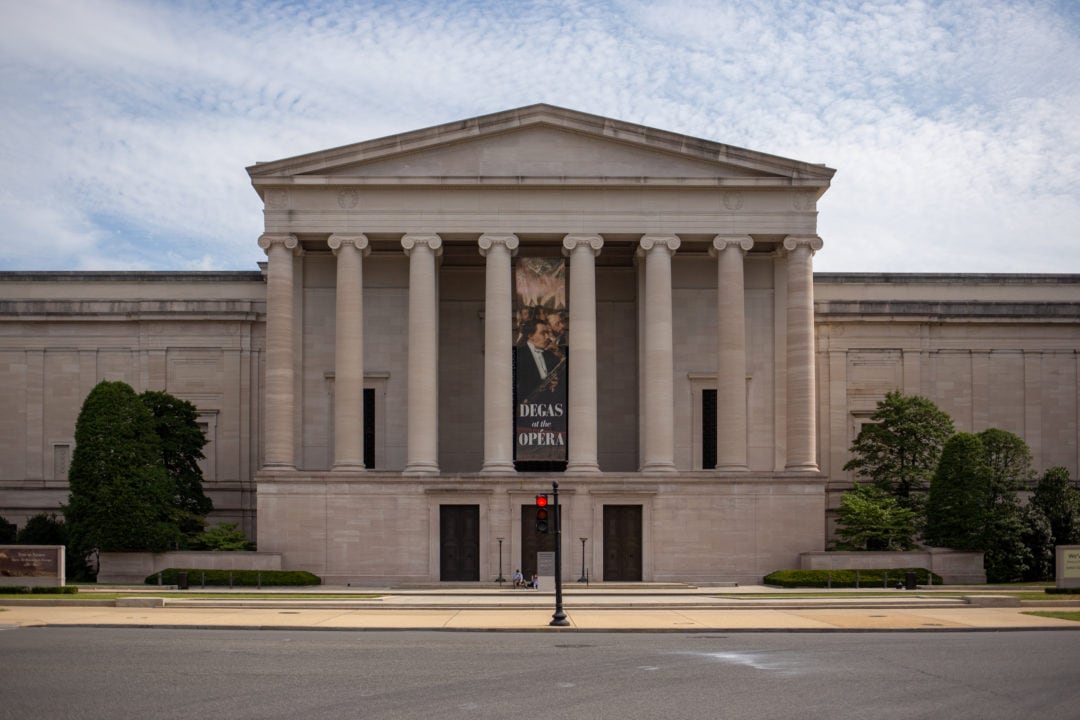
New normal
Free, timed passes are now required to visit the NGA. Although only a portion of the West Building’s galleries are open, Christina Brown, a publicist for the museum, says that the passes have consistently “sold out” within days of their release each Monday morning. “The remainder of the West Building will reopen once we are able to do so safely,” Brown says. “The East Building, which is undergoing construction, will reopen in the late fall.”
Before I walk through the West Building’s huge, bronze front doors 10 days after they reopen, I’ve passed several signs indicating that almost nothing about this museum experience will feel as it would have in pre-pandemic times. The gallery’s enthusiastic message of “Welcome back!” is followed by a more somber list reminding visitors that “face coverings are required,” “enhanced cleaning measures are in place,” and to “stay home if you are sick or have a fever.”
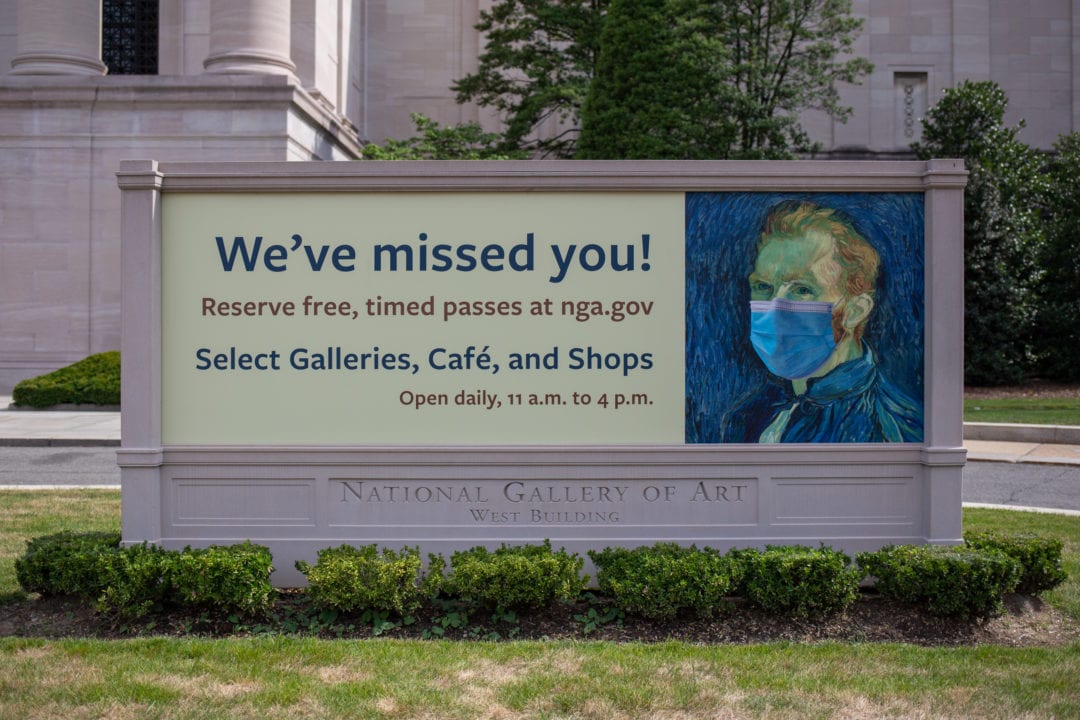
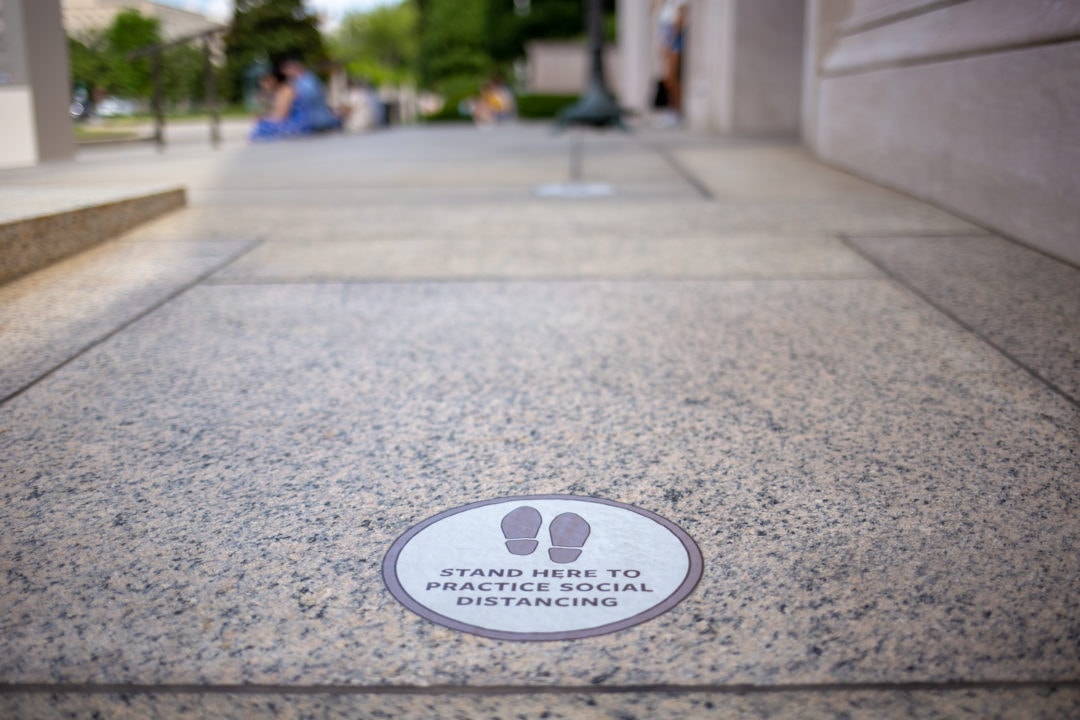
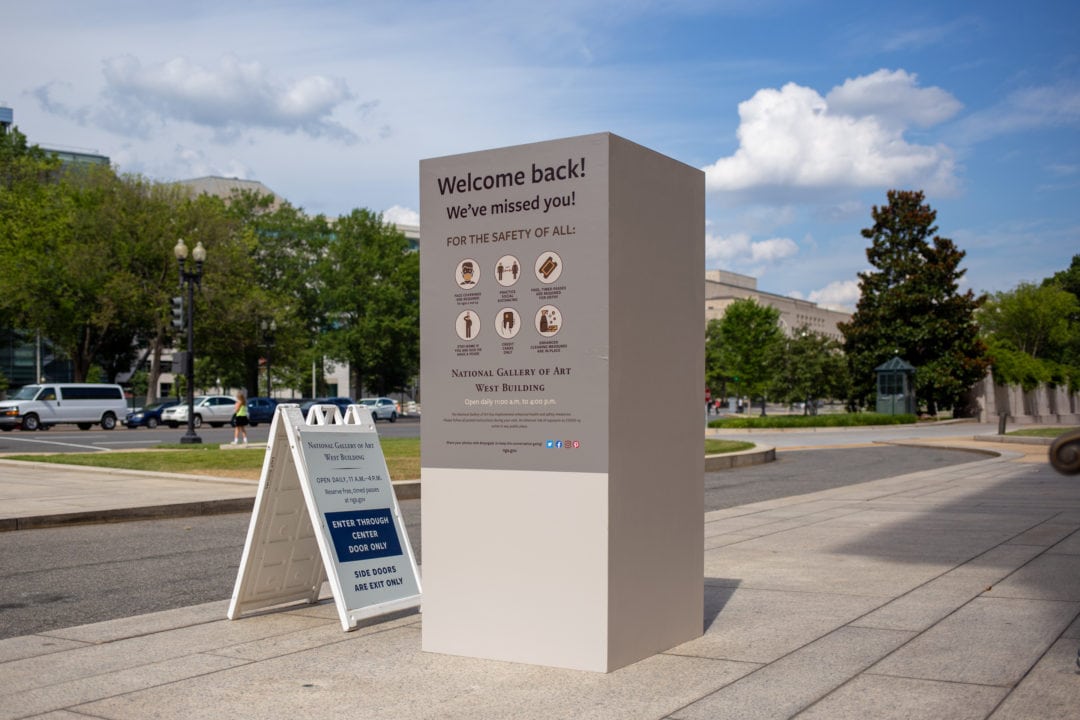
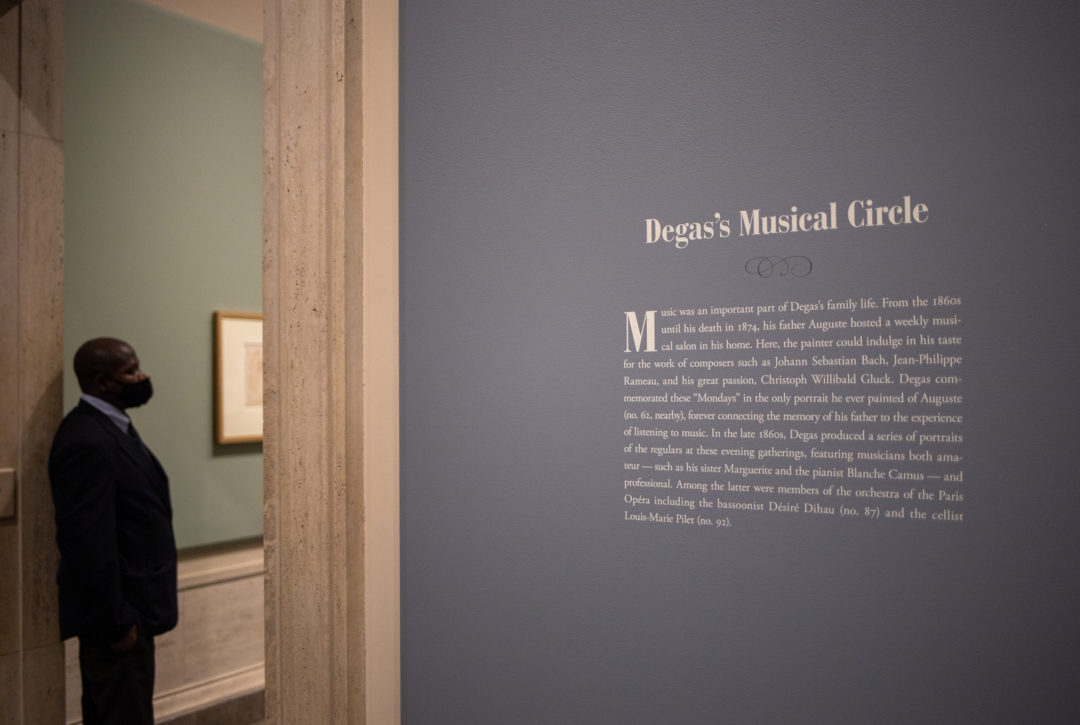
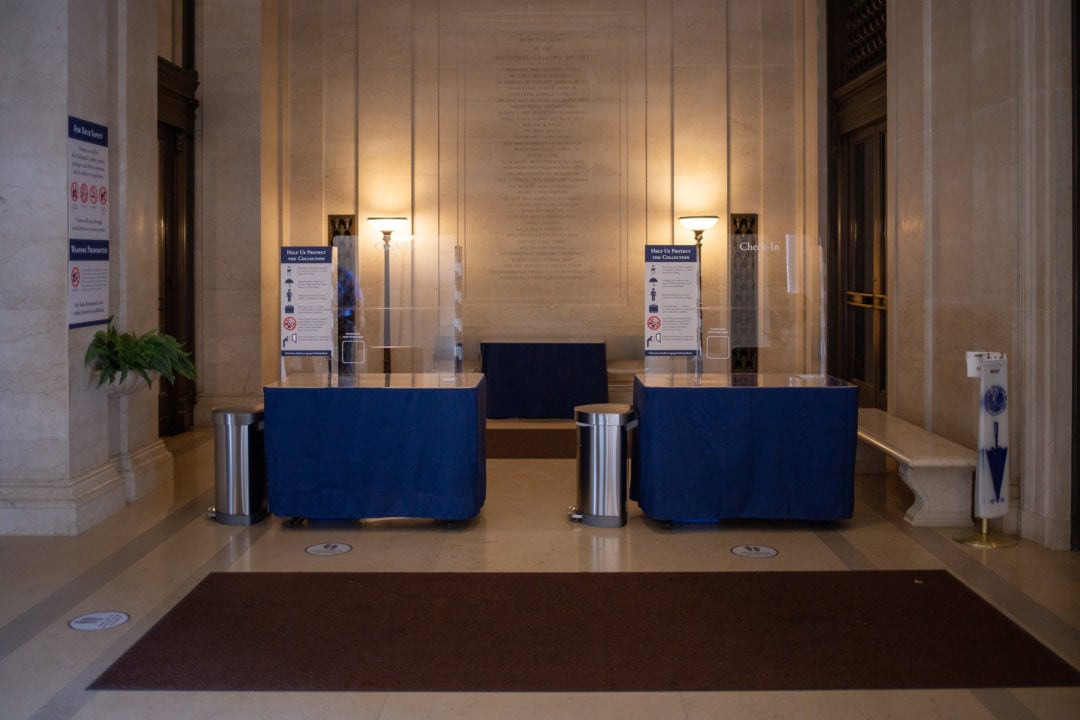
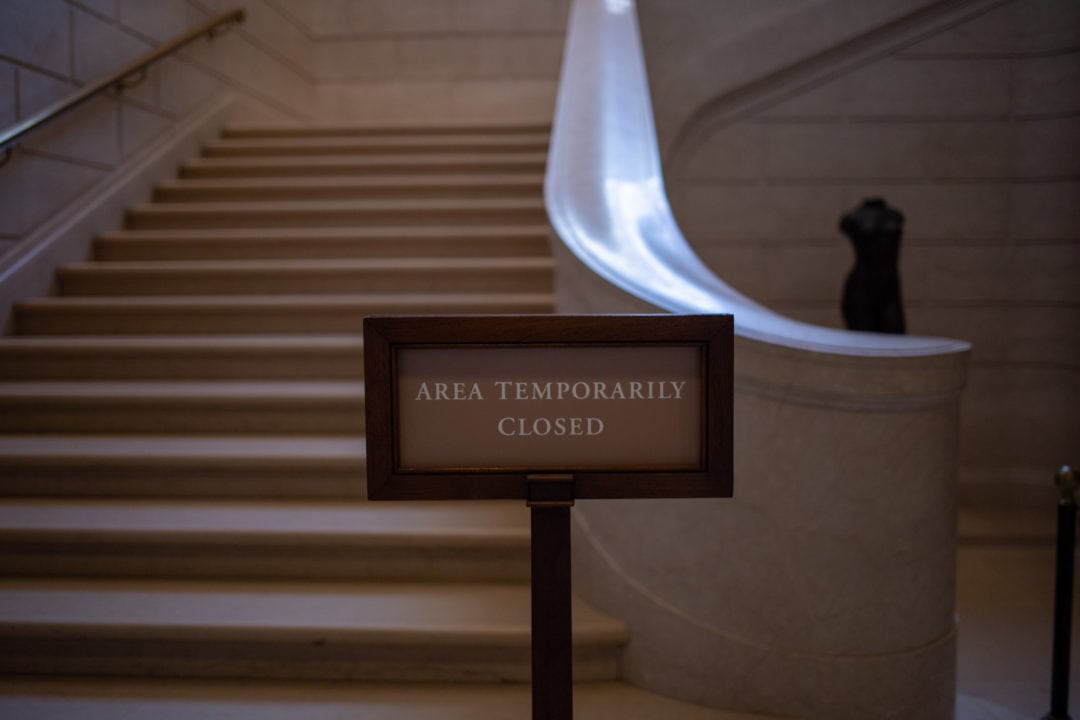
Another sign features an 1889 Vincent Van Gogh self-portrait from the gallery’s collection, updated for the reopening. Van Gogh now sports a Starry Night-blue face mask and delivers another bittersweet message from the gallery to its visitors: “We’ve missed you!”
Inside the museum, check-in kiosks and information booths have been retrofitted with plastic partitions, floor decals remind people to maintain six feet between household groups, sanitizer is provided, and guards in face masks strictly enforce individual gallery limits. But the fundamental act of viewing art has remained unchanged—and is now, perhaps, more important than ever.
Back to nature
Valenciennes did get to witness and paint an active volcano—Italy’s Mount Vesuvius erupted several times during his lifetime—and his words make practical sense, especially within the context of an open-air art education. But they take on new meaning for me during what is my first visit back to any museum since the pandemic began.
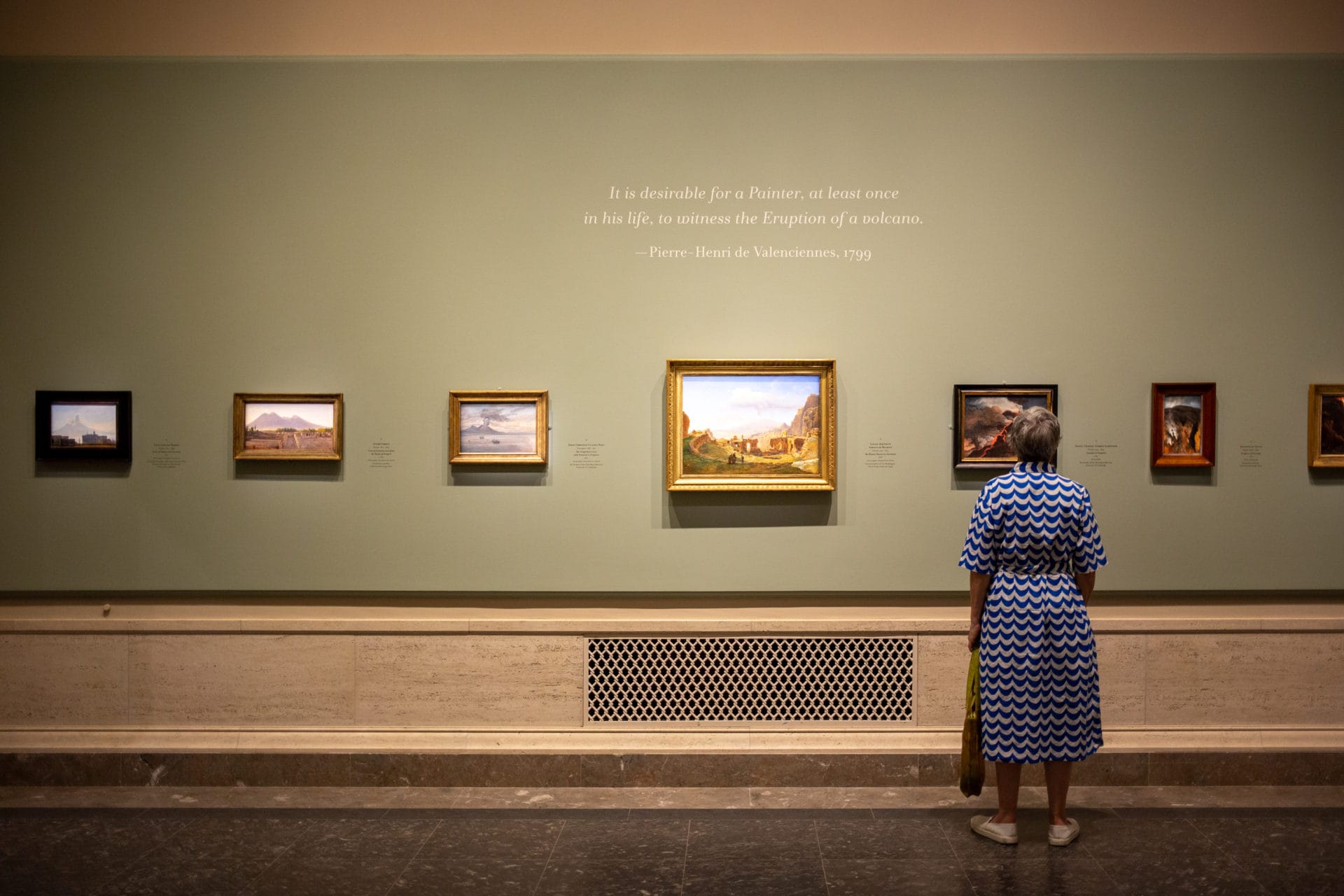
Many of the things we may have taken for granted earlier in 2020—effortless travel, virtual reality technology, and the internet perpetually blurring time and space boundaries—didn’t exist in Valenciennes’ time. For many, spending time close to home and surrounded by nature has taken on a renewed importance in the midst of a months-long quarantine. So it might seem strange to jump at the first chance I get to retreat indoors and view exotic landscapes and sculptures of strangers which are mere interpretations of the real thing.
But I am surprised by how thrilling it feels to once again be able to view art up close and in a proper gallery setting. And, that’s exactly what the devotees of the open-air painting method intended. They likely knew that nothing would compare to the real thing, but they thought it was important to try and capture it anyway—for those who can’t make their own arduous journeys, or because they knew that nothing stays the same forever.
Pandemic pods and chaotic crowds
Degas at the Opéra, open for less than two weeks before the NGA closed, offers visitors the opposite of True to Nature: a glimpse into a world that is still largely off-limits due to COVID-19. Degas was fascinated by theater—both the physical space, as well as the people behind, on, and in front of the stage. On display are sketches, paintings, and sculptures, including several versions of his famous Little Dancer Aged Fourteen. The dancer is safely enclosed in her own pandemic pod, but Degas’ claustrophobic rehearsal spaces, packed audiences, and chaotic stage scenes feel surreal in our new era of drive-in concerts and Zoom weddings.
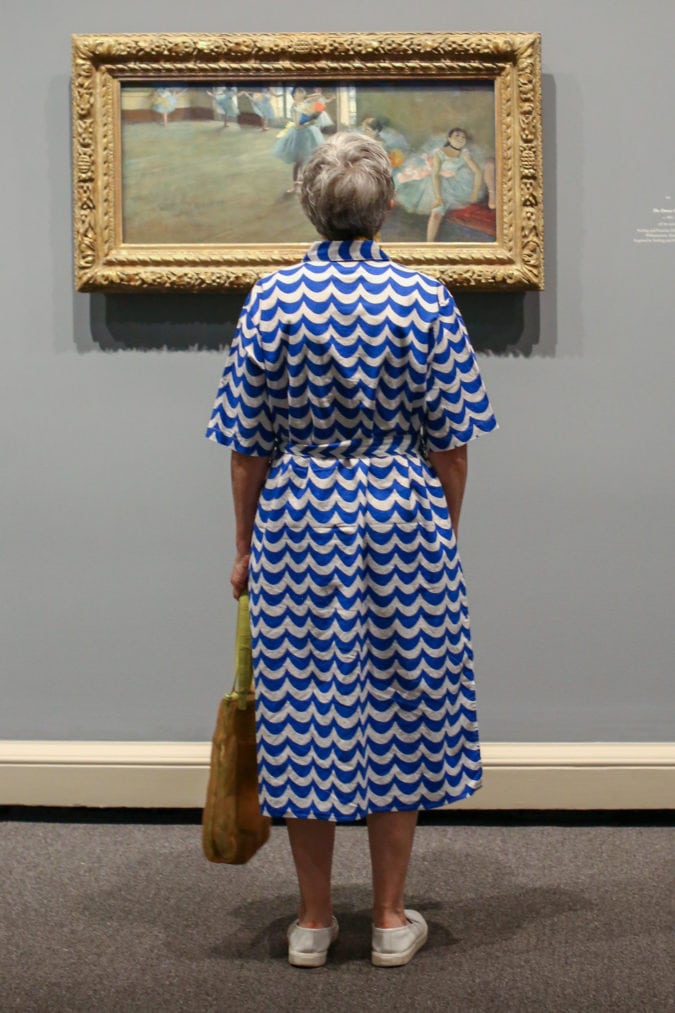
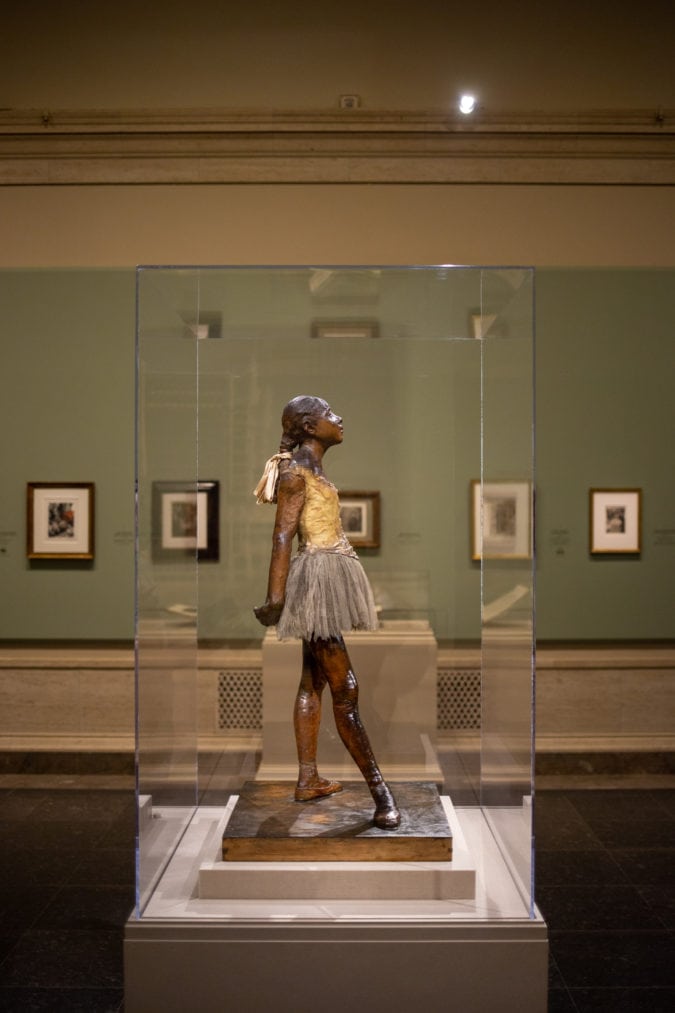
Artists who painted on-site and outdoors recorded things not precisely as they actually were, but how they saw or remembered them. Staring at clouds or dance performances is like taking a Rorschach test. When we look at a sky, or a painting of one, we see what we want to see; our interpretations are as varied as the artists themselves. But it’s the luxury of really seeing a work of art in person—visitors need only maintain six feet of distance from each other, not the paintings—that I didn’t realize I missed so deeply until I briefly had it back for an afternoon.
During my visit, perhaps the most noticeable of my observations is what I don’t see: There is no long line of tourists, no invasive bag check, and no jockeying for space inside of the galleries. If they didn’t have such grim origins, I’d be nothing but grateful for the NGA’s new guidelines. I can’t help but think that the pandemic may have unwittingly created the perfect museum-going experience; or, as the artists compelled to paint volcanoes knew, sometimes “the most terrible and the most magnificent spectacle” are one and the same.
If you go
The ground floor of the National Gallery of Art’s West Building, located on Constitution Avenue, is open every day from 11:00 a.m. to 4:00 p.m. Free, timed passes are required for all visitors and are released each Monday at 10:00 a.m. for the following week. Virtual tours of the current exhibitions are also available.
